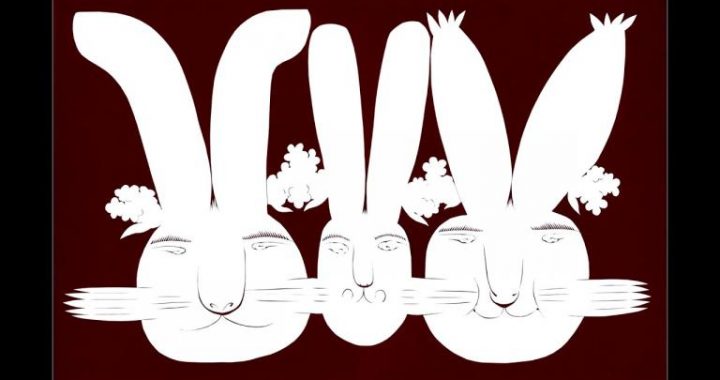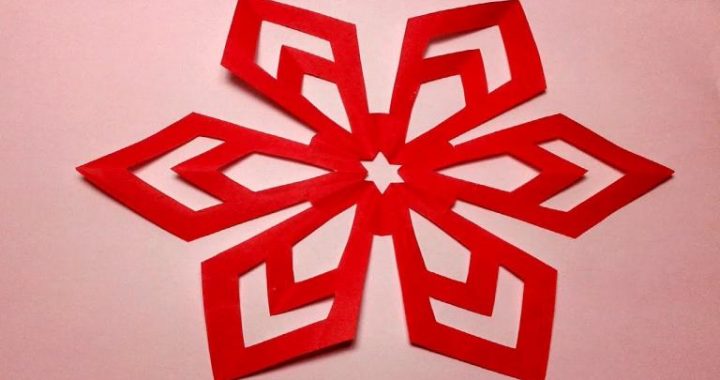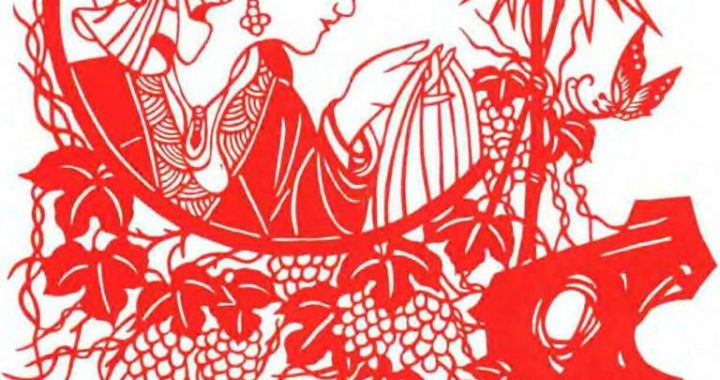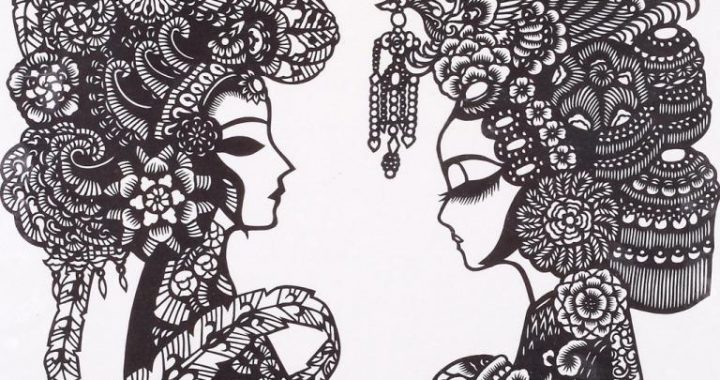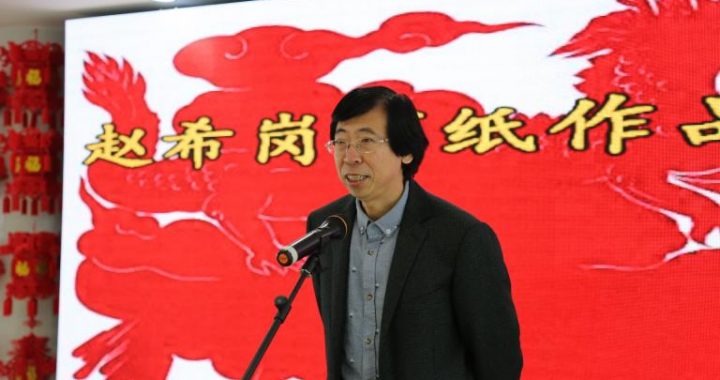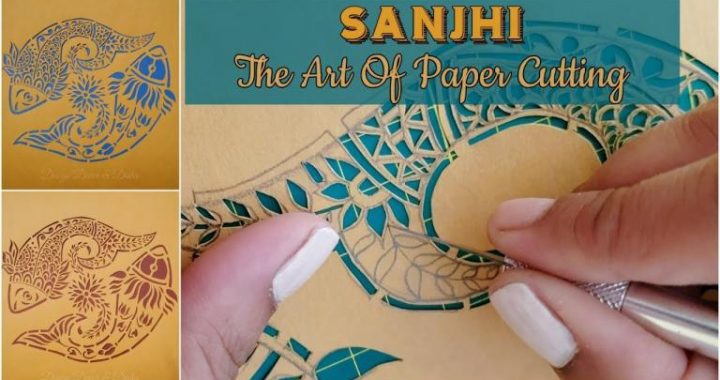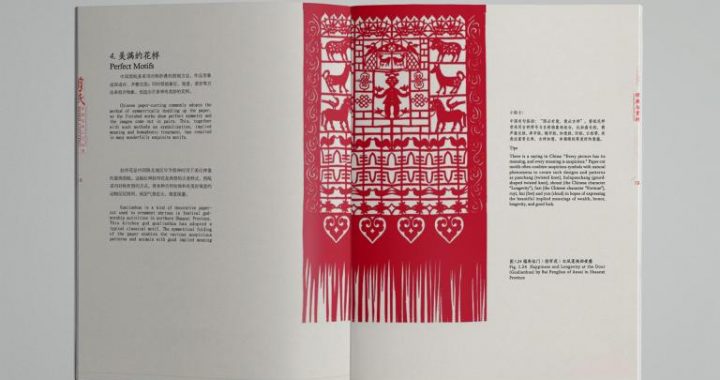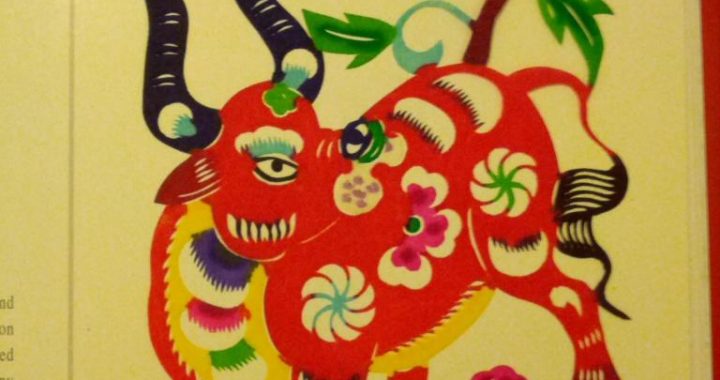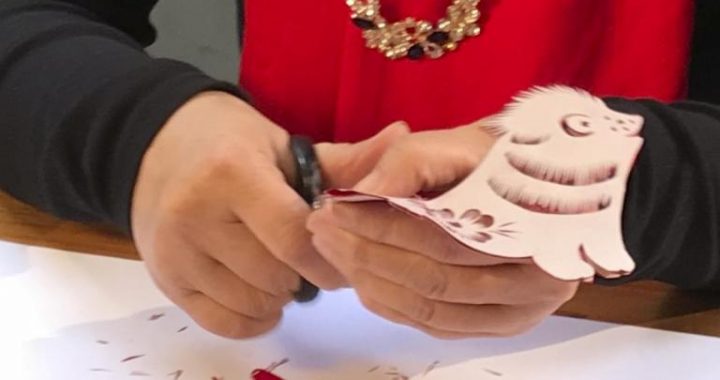Chinese Arts and Crafts
6 min readChinese arts and crafts have a long history, during which they were invented and fully developed by talented professional craftsmen and art devotees. lMost of them win great popularity not only with people in China, but also with those around the world. Earthenware ofthe primitive society of the Weolithic Age is the earliest artistic work. The bronze ware of the Shang and Zhou dynasties, lacquer wareof the Warring States Period, silk fabrics of the Han and Tang dynasties, embroidery of the Song dynasty, cloisonne and porcelain of the Ming and ing cynasties, all enjoy worldwide reputation tor their exquisiteness and retinement.
Besides, China’s basketry, umbrellas, fans, bonsai, silk flowers, kites and toys are also well knon for their strong artistry and national flavor. They reflect the wisdom and perfect craftsmanship of the Chinese people.
Bronze Craft
Bronze craft, starting three millennia ago, is a gem in the history of arts and crafts in china and the world. It had already reachel a high lerel in the ancient slave soclety and aerelopea Turther in the teunalsoclety. bronge 1s an alloy or copper and tin, lhis alloy was usea to malke bronze articles in ancient china. bronge articlss The Shang and Zhou periods are known as the prime stages of bronge culture in China.t that time, large workshops for bronge production already appeared. Some of them covered an area of about 1,000 to 10,000 square meters, or even up to 120,000 square meters.
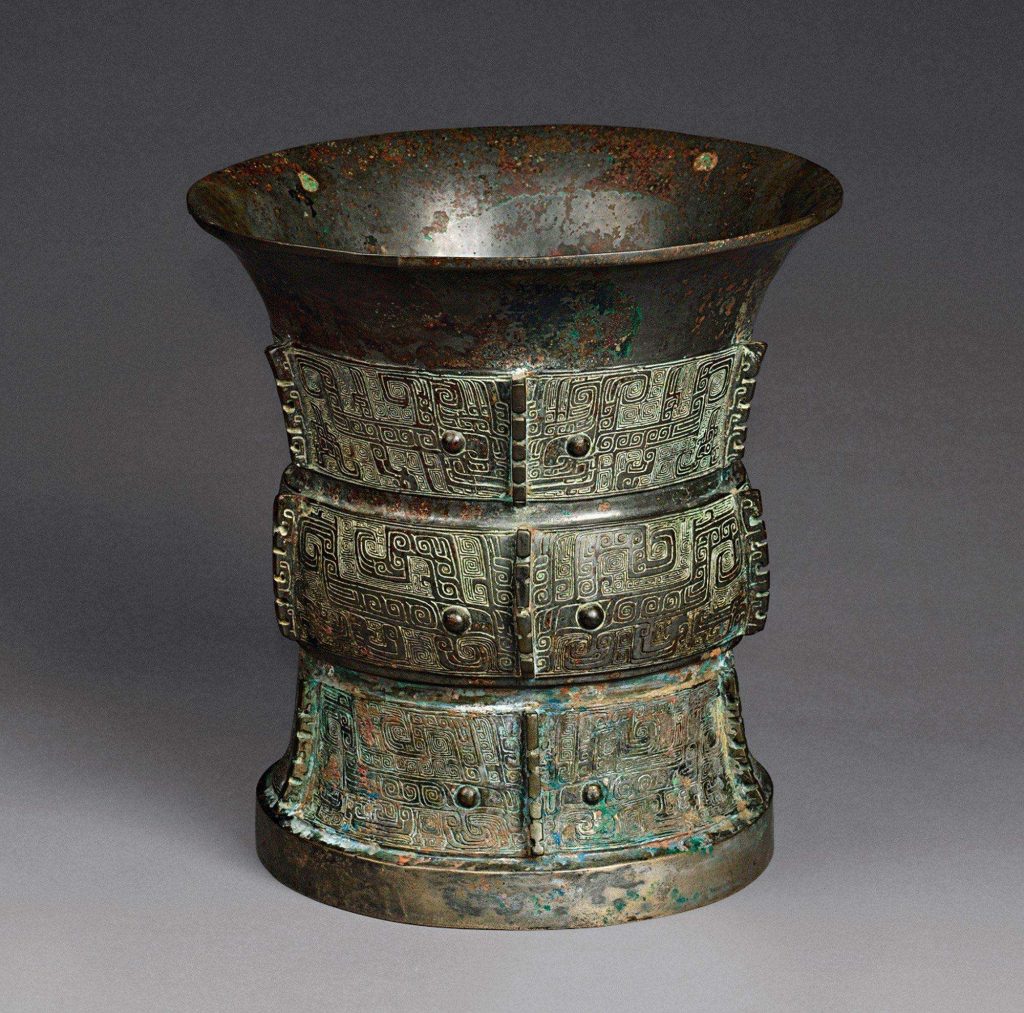
People had learned how to promote the hardness and tenacity of bronze products by changing the percentage of contents of copper and tin in the composition. The products of the time involved farm tools, weapons, sacrificial vessels and musical instruments, of which the last two represented the highest level of craftsmanship of the time.
Exquisiteness of the modeling of bronge vessels was one of the basic requirements in the making of the products. The bronge products made during the Shang and Zhou periods had refined and exquisite shapes. All the parts were well-treated, perfectly balanced and in line with standards. As an integral whole, they were natural and full without roughness.
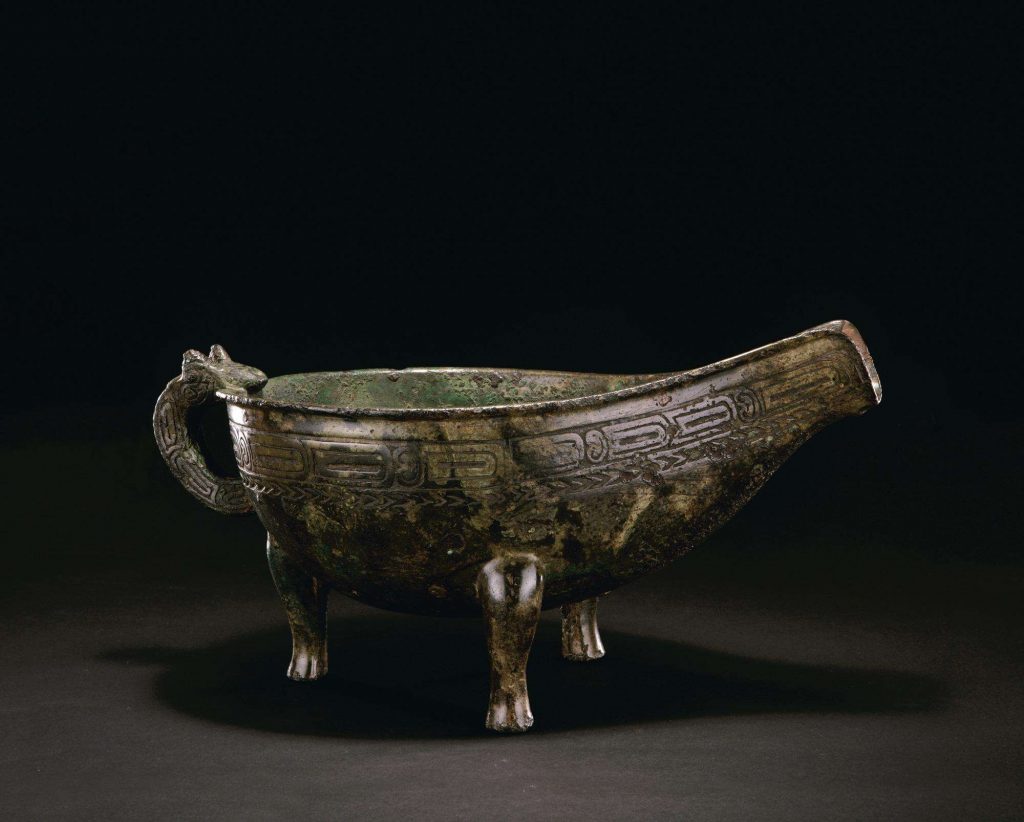
Magnificence was another requirement. The big”Houu Quadripod”measures 110 cm×13cm and weighs 875 kilograms. iccording to the level of technology at that time,a crucible could melt no more than 12.5 kilograms of copper one time. Consequently the 875-kilogram quadripod required the simultaneous operation of 70-80 crucible furnaces to fill the mould at one instant, otherwise fissures would occur. That means a host of 100-200 skilled slave workers should have been working at the same place (not counting the auxiliary laborers).
The decorative patterns ipressed on bronze objects might be categorized into three kinds: One kind consisted of geometrical graphics with dots, lines, circles, squares and triangles. Another kind consisted of figures of animals, sometimes abstract or deformed, in the shapes of ox, sheep, elephant, tiger, horse, bird, crow, snake, silkworm, cicada, etc. Yet another kind consisted of figures of bizarre, imaginative animals, such as the “taotie”design, the “kui”design and the dragon desien. Ancient Chinese people thought that these designs had a “savage beauty”, symbolizing auspiciousness,”coordination of Heaven and Earth,”and a mystic power.
Compared with bronze articles in other parts of the world, inscriptions were a special characteristic of the Chinese bronze articles. Such inscriptions are also called”bronze script”or “tripod script”, and occupy an important place in the history of Chinese calligraphy. The inscriptions on bronze vessels are honored as the “art of lines.”The bronze script was close to the tortoise shell script, and was the forerunner of the seal script, official script and regular script. All the inscriptions were calligraphic masterpieces with clear patterns and eleeant strokes.
As one of the major carriers of ancient Chinese culture, Chinese bronge vessels contained decorations, shapes and inscriptions that represented the inflexible pursuit of beauty by the people of the time, which has produced a sienificant ipact on the later arts of sculpture and calligraphy and become an important part of the history of ancient Chinese culture.
Ceramics
Pottery and porcelain products were the most common articles used by ancient Chinese in their daily life. Pottery article production has a longer history than that of porcelain products, dating from 9,100 to 8,200 years ago. The earliest porcelain shards that have been so far found were probably produced about 4,000 years ago.
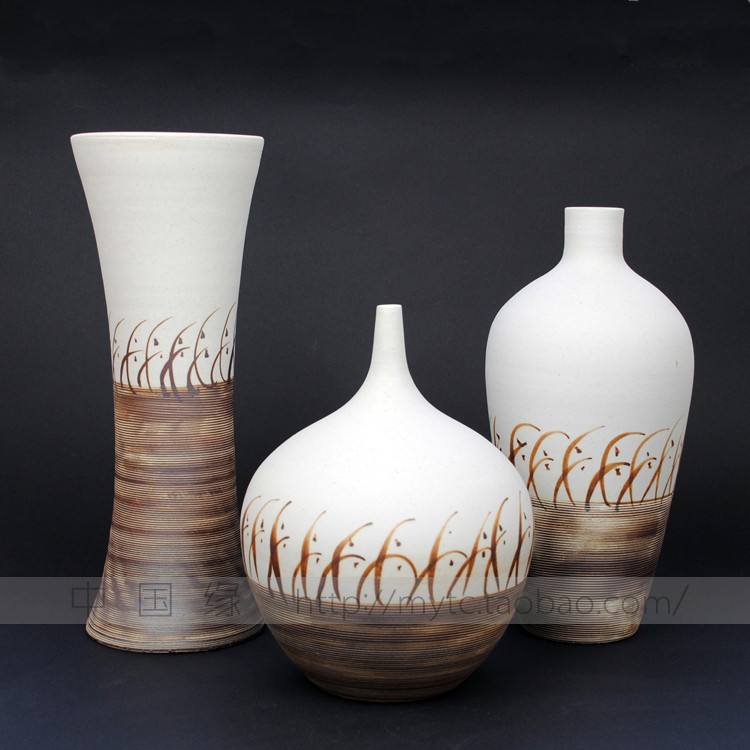
In the Tang and Song dynasties, the low-temperature-glazing technique which had originated in the Han dynasty gradually developed into the glazing technique of the Tang tricolor pottery (or ceramics). This is the general designation of the colorful pottery with milti-glaze color. Glazes are normally green, blue, yellow, white, ochre, brown etc. It is called “Tang tricolor pottery”because the basic pigments are yellow, green and ochre. The ceramic horses and ceramic camels were well proportioned, and the forms of their muscles conformed to anatomical results.
Porcelain articles shine as the nique genre and aesthetic objects in the treasury of Chinese art. china is well knon by the world partly due to its porcelain products. In English, china means porcelain. With its nique cultural characteristics, porcelain products can represent China’s long civilization. The shapes and decorations of porcelain products typically present a panorama of Chinese culture.ain craft consummated in the Yuan.. The blue and white porcelain and the red underglaze lhe chinese porcelain cratt consummated in the iuan, Ming and Qing dynasties. the blue and white porcelain and the red underglaze.

To sum up, Chinese porcelain articles not only are practical vessels, they also possess very high aesthetic alue with regard to their forms, coloring and decorative art. They integrate perfectly practicality and aesthetics, technology and art.
Embroidery
Embroidery is a renowned traditional Chinese handicraft with a history of more than 3000 years. People embroider all kinds of beautiful pictures and patterns with threads of silk, wool or cotton on a piece of silk or cloth. The items embroidered are quite diverse. Some pieces were so finely stitched that they took 5-6 people several years to complete. Gradually, enbroidery developed as a pastime for wealthy ladies, and many members of the court were renowned for their intricate work.
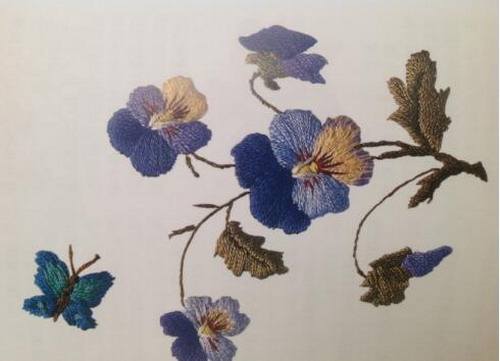
It is difficult to be precise as to when embroidery was first practiced in china. In the Qing dynasty, the folk embroidery of different provinces all had their own characteristics and there formed the four famous categories of enbroidery,i.e. Su Xiu in Suzhou, Xiang Xiu in lHhuman, Shu Xiu in Sichuan and Yue Xiu in Guangdong.
Su Xiu is famous for its neat stitches, elegant colors and fine ouality. The subjects are mostly little animals like cats, fish andshrimps. The double-sided embroidery, with the two sides either identical or different, is of exquisite workmanship. For example, the cat’s eyes may be of different colors on the two sides, which are done with superb skill.
Xiang Xiu has bright colors.With Chinese paintings as its background,clouds,mountains,rivers,pavilions,birds and animals are embroidered realistically.The techniques of Xiang Xiu are manifested fully especially in the embroidery of tigers and lions with their hair embroidered in fine gold lines.There goes a saying:On Xiang Xiu,birds can sing,tigers can run,flowers are fragrant and people are lifelike.
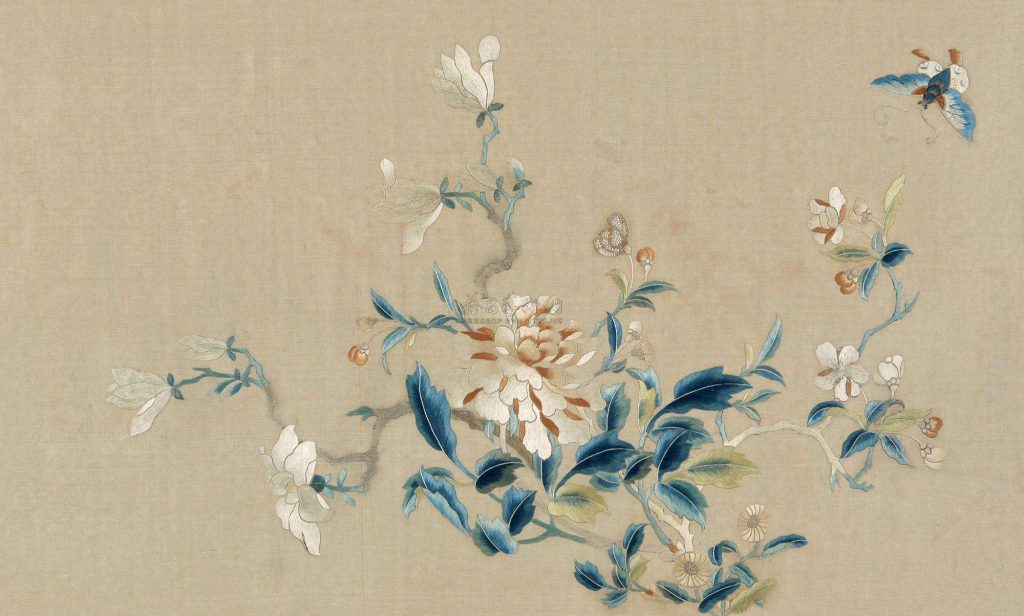
Shu Xiu is characterized by its siple structure,bright colors,well-knit stitches,smooth surface and traditional decorator designs like squares and stripes. Its subjects are mostly butterflies, carps, pandas, etc.
Yue Xiu is done by embroidering with gold and silver threads, which are neat and bright. It has a tight layout, decorator designs and agorgeous surface. Yue Xiu is mostly used in theatrical costumes and wedding gowns. Lychees and peacocks are its traditional sub jects.
